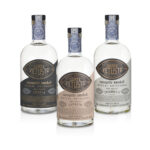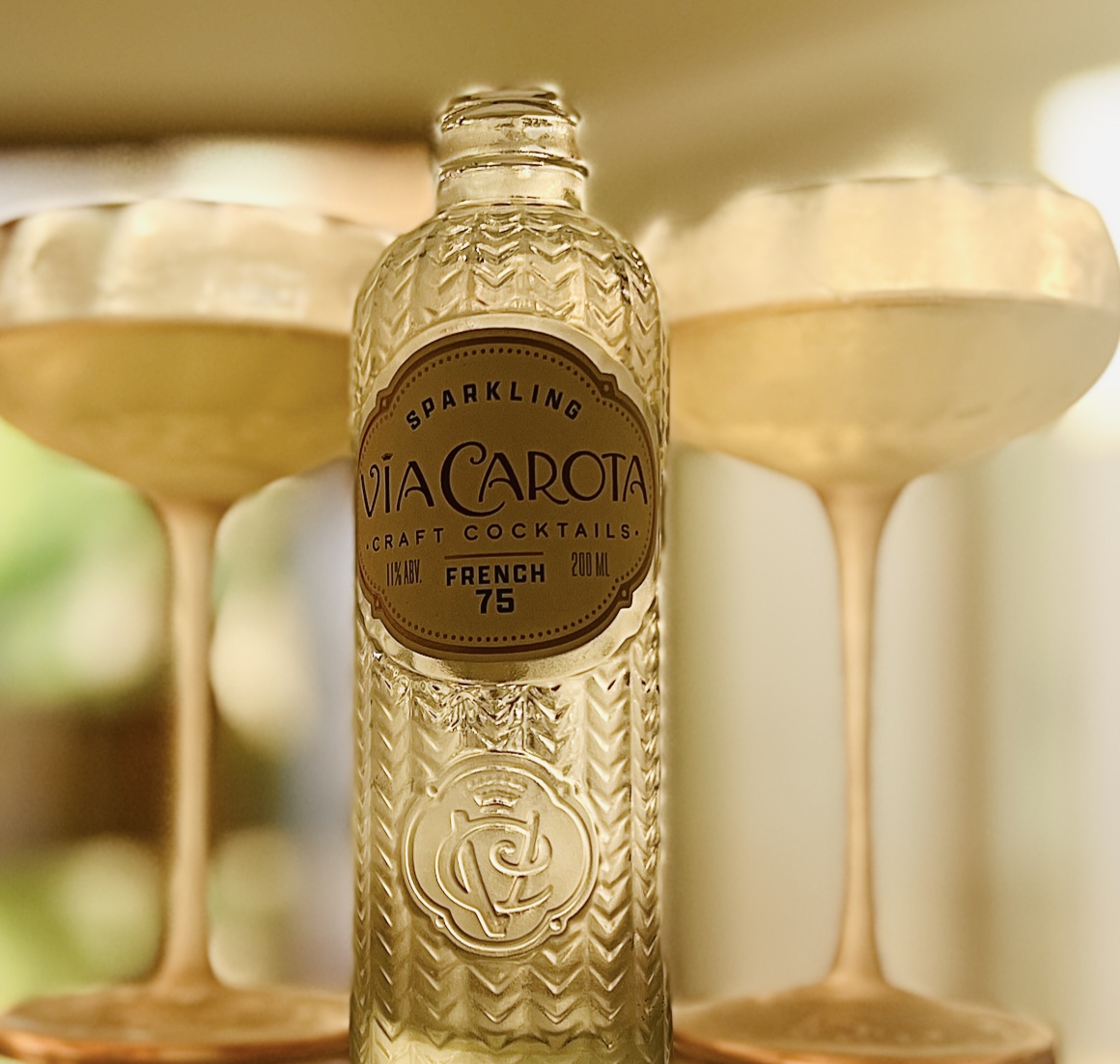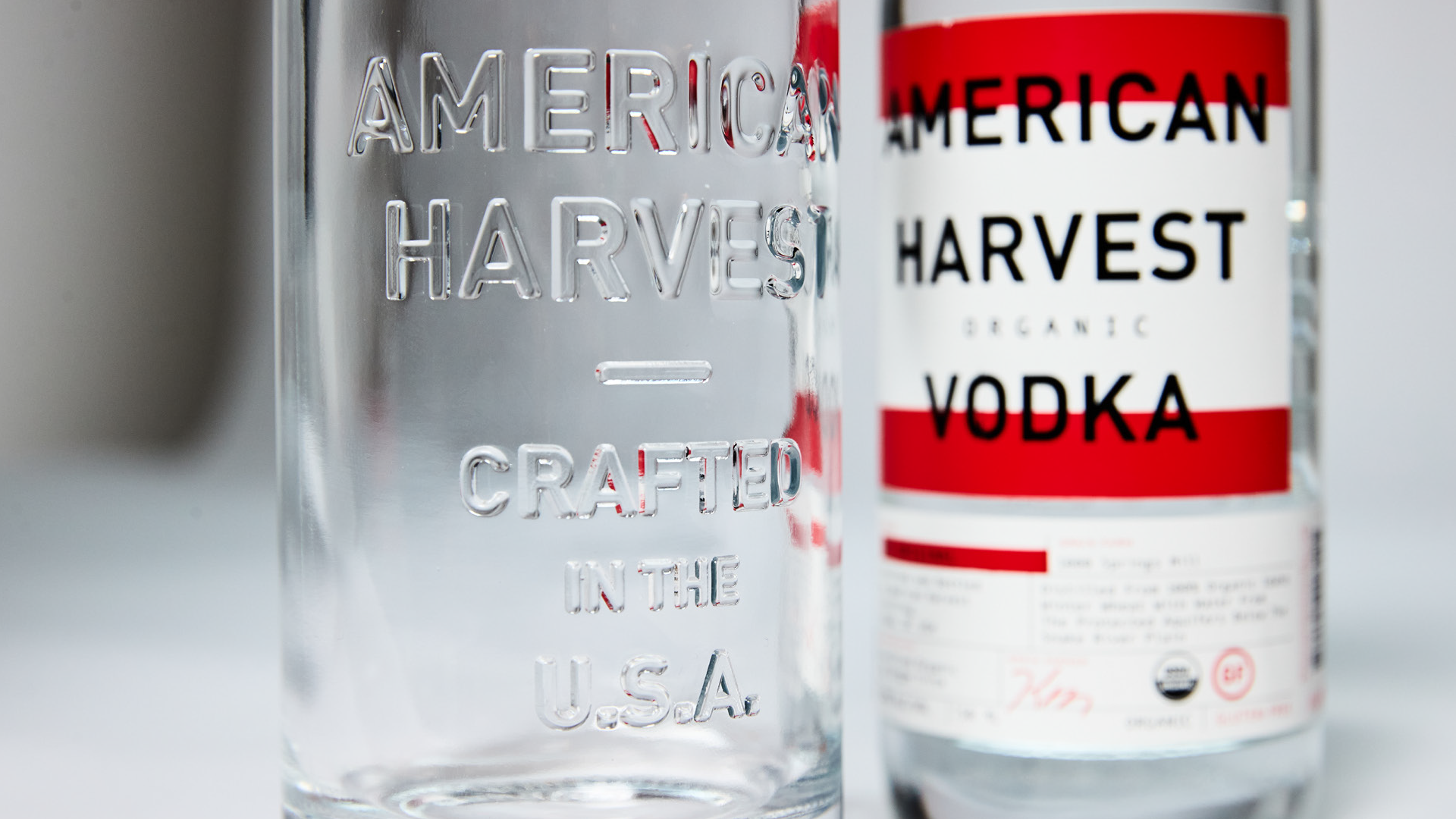Recently I was asked by one of my publishers to do an article on how to dine out like a sommelier, including navigating a wine list without annoying the restaurant staff. I had no problem voicing my thoughts on that. However, I had thrown the question out on social media and got quite a number of responses. I selected a few for the article, but there were so many that voiced their thoughts I just didn’t have space in the print article for them all. So, here I am to rectify that, by way of my blog that has no restrictions on word count. Take your pick, and you may learn something new:
The Question
How should a diner navigate a restaurant wine list – any tips for picking wines that impress without overspending, and without irritating the wine professionals working at restaurants?
The Answers
Scott, “Quietly ask the waiter if there is a corkage fee for the bottle of Two Buck Chuck you have in the trunk of your car.”
Sergio, “I could be wrong but I’ve sort of noticed if you order a higher end wine, mark up might be 2x vs a lower end that might be marked up 3x. If I was really looking for value, I’d go the higher end route. We visit wineries often so we tend to buy what we like. We almost always bring our own which suits us fine. Unless you go to a higher end restaurant in LA. We were surprised once with $100 corkage with a 3 bottle minimum. That said, I think bringing your own wine is more a California thing. We tried in Boston but it wasn’t allowed.”
Karen (sommelier), “The wine steward or somm should never be irritated with helping a customer. They’re there to do just that, to help each customer find the best wine that fits with their meal, tastes in wine and pocketbook. A few questions about what wines they usually like to drink will give the somm an idea about what they will be comfortable with or if they are feeling adventurous about trying something new.”
Kim, “Definitely not an expert, but as a diner looking for value, I might explore the lesser known regions (i.e., Chile).”
Paul (sommelier), “Avoid ordering the “big” names and famous regions. If there is a sommelier available, let them know what you like (give several examples, not just “I like Napa Cabs”) and tell them what price range that you are considering. If it’s an Italian restaurant, stick to Italian wines that are on the list for a reason. If it’s a steakhouse, you’re pretty wide open. Never pick one of the cheapest selections, because they will be marked up the most. Wine by the glass is usually not a good choice. And as far as bringing your own wine, make sure of the restaurant’s policy before you show up. Don’t complain if they say “no”, don’t complain if it’s too high, don’t waste the sommelier’s time trying to get him/her to drool over your choice. Do tip the sommelier as soon as you arrive. You are taking money out of the sommelier’s pocket when you bring your own wine. Sommeliers get paid a % on bottles sold, not bottles brought in. Be a good guest.”
Michael (distributor), “1) Know the restaurant corkage policy before you arrive. 2) Whenever possible review the wine list before you decide to buy wine at or bring wine to dinner. 3) Don’t bring a wine featured on the wine list.. even if it’s a different vintage. 4) when ordering don’t be afraid to ask questions about wines that might pair well with the night’s dinner selections. 5) if you do not like the recommendations, thank them politely…Do not be curt rude or dismissive. 6) Lower priced wines are less expensive but they also can have a higher mark up over the wholesale price percentage.(2 to 3 vs 3 to 4). 7) Branded labels (Caymus/Prisoners Et al) will likely always have full mark up of 3 or 4 times wholesale regardless of the wines retail price. If you are feeling daring or adventurous ask the Somm Or specialist to pair your wines (provide them a price point to hit).”
Brandi, “May I chime in as a restaurant owner? I am not a wine expert. I do have many friends that are sommeliers and wine experts. I enjoy absorbing any and all information possible from each and all over the years.
Many of our guests even assist in curating our wine list.
I take advantage of case deals while purchasing wines, in order to offer the lowest price possible. I love when guests can offer their input. Such as, ‘I can find this at Total Wine for $20 less?’ Sometimes that happens. I make a joke and offer to place their table inside Total Wine. (Not really.) I DO offer free corkage to anyone that prefers to bring their own bottle that they can find in any store. I try to offer and introduce wines that are unique and special. Only for purchase from specialty suppliers to avoid that whole conversation. The 3-4 times markup is a little strange to me. I am much more satisfied when people have room in their budget to taste more of our dishes! We need people that will return for our food because wines come and go. The ‘Gem’s List’ is the way to go. That is normally where we place wines that we have one or two bottles left in stock, changing the Wine list or simply just can’t get it anymore. Those wines are usually sold at cost and absolutely delicious.”
Rodney, “Pro Tip – if there are wines on the list you are unfamiliar with, swallow your pride and don’t be afraid to ask the Somm or server for a recommendation. Don’t be afraid to take a risk and try something new.”
Steve (collector, somm and blogger), “Interesting question; however, navigating a wine list at a restaurant comes down to knowledge and understanding of wine and pairings. If someone is knowledgeable about and has a firm grasp of certain regions and types of wine, then they will be more successful than someone who has no knowledge. I’ve always believed that it’s foolish not to use an expert sommelier for help with respect to a wine list. Most sommeliers will take into account someone’s preference on style of wines and price preferences if you take the time to communicate such! So, the answer comes down to knowledge! Are you astute enough to assess a wine list or not? If not use the sommelier!”
Donald, “The problem with most fine-dining wine lists isn’t the selection, it’s the prices. Too many places are charging three or four times retail, and frankly it feels insulting. I don’t mind a restaurant making money, alcohol is a profit center, but there’s a difference between fair margin and gouging. When it gets out of hand I’d rather bring a bottle I actually want to drink and happily pay the corkage.”
Tamar, “Know what you’re eating and how to pair your wine, skip the obvious “famous” regions, and don’t hesitate to ask for guidance from the server within your budget. That’s how you’ll find a wine that feels like a discovery — not an overpriced splurge.”
Ian (wine educator, sommelier, distributor), “ABC – anything but Champagne – Chard and Cab – you should find more value in the M’s and O’s – Merlot – Malbec – Meritage – and OTHER. I find a base wine I would enjoy in the ABC category and then evaluate what I can get for the same money in the M’s and O’s. Typically I get twice the wine quality at the same price.”
Carmen, “Nowadays.. ChatGPT is the best friend besides the somm. If you go on a date with someone and have no clue how to choose pairing go with the chat. If the somm finds out you have no clue…they will sell you the most expensive one lol.”
David, “There’s a line in the Clarence Clemons documentary (he was the sax player in Bruce Springsteen’s band) ‘Order the good wine’ when you’re dining out. It doesn’t have to be the most expensive bottle either.”
Linda, “I select a couple of wines from the wine list according to my preferences and price range that would pair well with my meal. Then I ask the sommelier for advice, who will then help me decide between the wines I’ve selected, or knowing my preferences and price range may recommend something for me. If they offer a suggestion, I will usually order that.”
Cindy, “A good sommelier should be skilled at selecting within a price range. We just let them know what we’re ordering and our limit on the cost of a bottle and we’ve always had beautiful experiences with that.”
Raelinn, “Depending on the venue, I trust the somm for their recommendations. If there are dishes I love, they can usually offer something great at any available price point. Alternatively, if I see a wine I love, I’ll get whatever food matches its profile. And that’s very often how I do it.”
Sue, “As a longtime wine professional, I really don’t care about impressing anyone with my wine selection. I first select my meal, then pair the wine accordingly. It’s also a great idea to ask the Somm on duty what their favorite wines are and what they would suggest.”
Sabina, “If the restaurant has a good wine list. The servers and in-house somm should be there to guide the diner in navigating what to drink with what they’re eating.”
Frank, “I try to figure out the point of view of the person who put together the wine list, and select accordingly, consistent with pairing the wine or wines to the selected dishes.”
Gary, “Keeping in mind that I enjoy a vast variety (some say I have no taste at all) and knowing that the Somm I’m dealing with is the creator of the wine list I’m reading, one approach that has often worked well is I simply ask for a red that pairs well with my meal order and is priced under $55/ bottle. I figure it will not be on his list unless it is good. And frequently I get comments like “can you believe I found this bottle that should sell for three times the price”. I have lots of fun doing this and most often I’m totally surprised and satisfied. Good luck.”
Eve Bushman has a Level Two Intermediate Certification from the Wine and Spirits Education Trust (WSET), a “certification in the first globally-recognized course” as an American Wine Specialist ® from the North American Sommelier Association (NASA), Level 1 Sake Award from WSET, was the subject of a 60-minute Wine Immersion video (over 16k views), authored “Wine Etiquette for Everyone” and has served as a judge for the Proof Awards, Cellarmasters, LA Wine Competition, Long Beach Grand Cru and the Global Wine Awards. You can email Eve@EveWine101.com to ask a question about wine or spirits.










